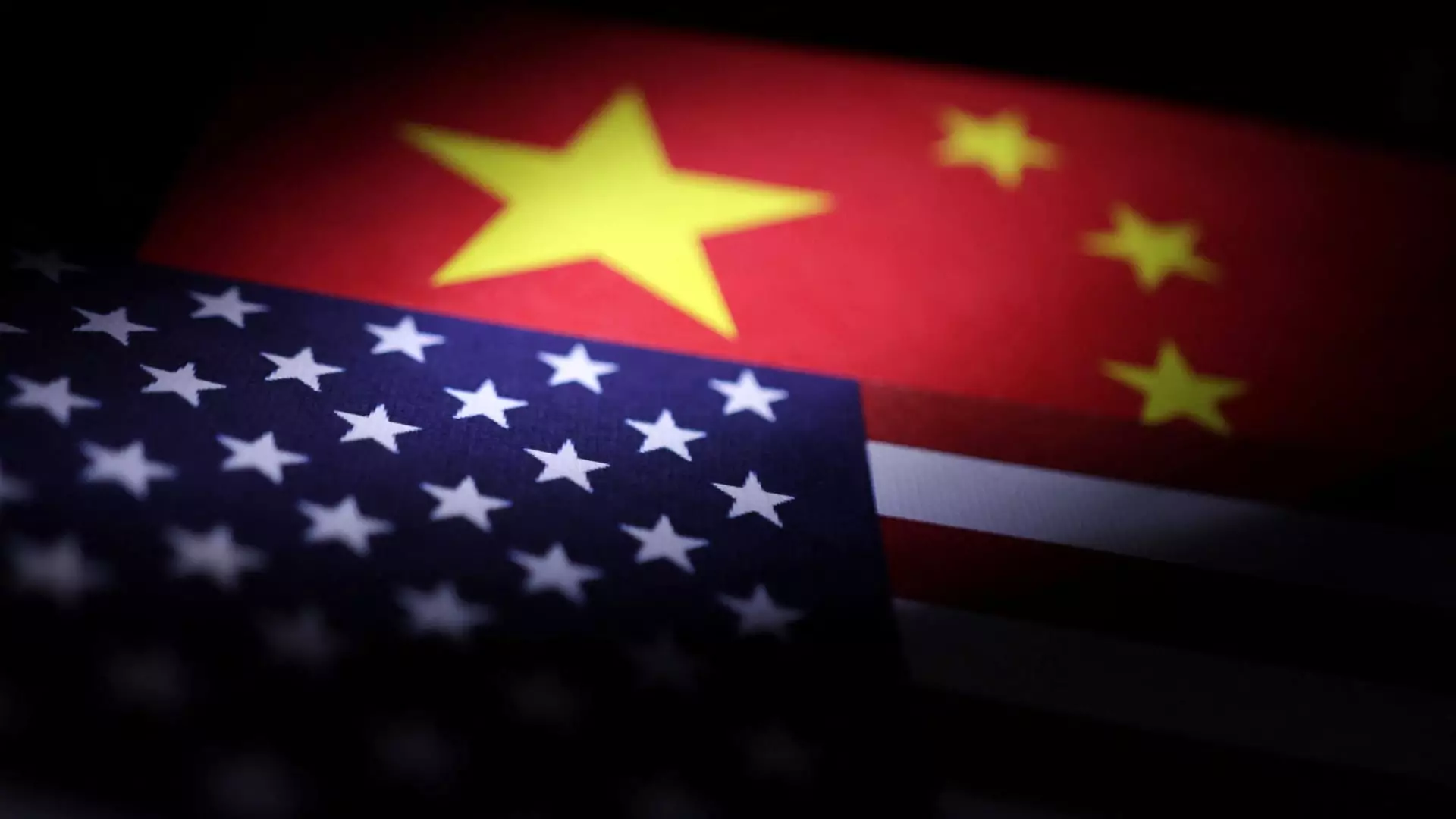Recent developments in the escalating trade war between China and the United States reflect a significant shift in global economic dynamics. As the world’s two largest economies engage in a heated confrontation, the consequences of their actions threaten to ripple through international markets, drawing in allies and partners alike. The United States, under President Trump’s administration, has exhibited a confrontational stance, pressing for tariff negotiations aimed at limiting economic exchanges with China. Meanwhile, China has issued stern warnings, signaling its readiness to retaliate against any country perceived to be aligning with U.S. interests at the expense of Beijing’s sovereignty.
China’s Unyielding Position
In a bold declaration, the Chinese Ministry of Commerce articulated its strong opposition to any agreements reached by other nations that compromise China’s interests. This shows a determined pivot towards an assertive foreign trade policy. Underlining a perception of enterprising vulnerability, China portrayed itself as a global player committed to fostering fair and just international trade. This attempt to shift the narrative places China in the role of a defender of equitable practices while characterizing U.S. actions as nothing short of “unilateral bullying.”
The stark escalation of tariffs by both nations indicates a gripping stalemate. Following Trump’s imposition of an unprecedented 145% duty on specific Chinese goods, China retaliated harshly, implementing a staggering 125% levy on American imports. Such drastic measures exemplify not just an economic disagreement but a broader geopolitical confrontation where trade has become a tool of statecraft.
Regional Implications and Diplomatic Maneuvers
As China escalates its response, it simultaneously expands its economic footprint in Southeast Asia, which has now become its largest trading region. This strategic move signifies Beijing’s intention to reinforce relationships with neighboring countries while counteracting U.S. influence. Notably, Xi Jinping’s recent diplomatic mission to Vietnam, Malaysia, and Cambodia underscores China’s intent to gather regional support against what it views as unfair tariff pressures.
These diplomatic efforts and trade realignments reflect a broader strategy to secure supply chains and trade partnerships that can withstand U.S. sanctions. China’s growing engagement in Southeast Asia is not merely a temporary measure but presents a long-term strategy to diversify its economic interactions and mitigate risks posed by an unpredictable U.S. administration.
The Path Forward: A Stalemate or an Opportunity?
Despite the aggressive backdrop, analysts remain skeptical about an immediate resolution to the U.S.-China trade conflict. Trump’s recent claims of a potential agreement in a few weeks seem overly optimistic, given the entrenched positions both nations now hold. Meanwhile, China has shown a commitment to defending its interests through strategic retaliatory measures, including blacklisting U.S. companies and tightening mineral exports.
The intricate dance of tariffs, negotiations, and retaliatory actions reveals both economies’ vulnerabilities. As the global trade landscape continues to evolve, one might ponder whether this entrenched dispute could lead to new pathways of cooperation in uncharted territories or deepen the economic isolation that defines the current climate.

